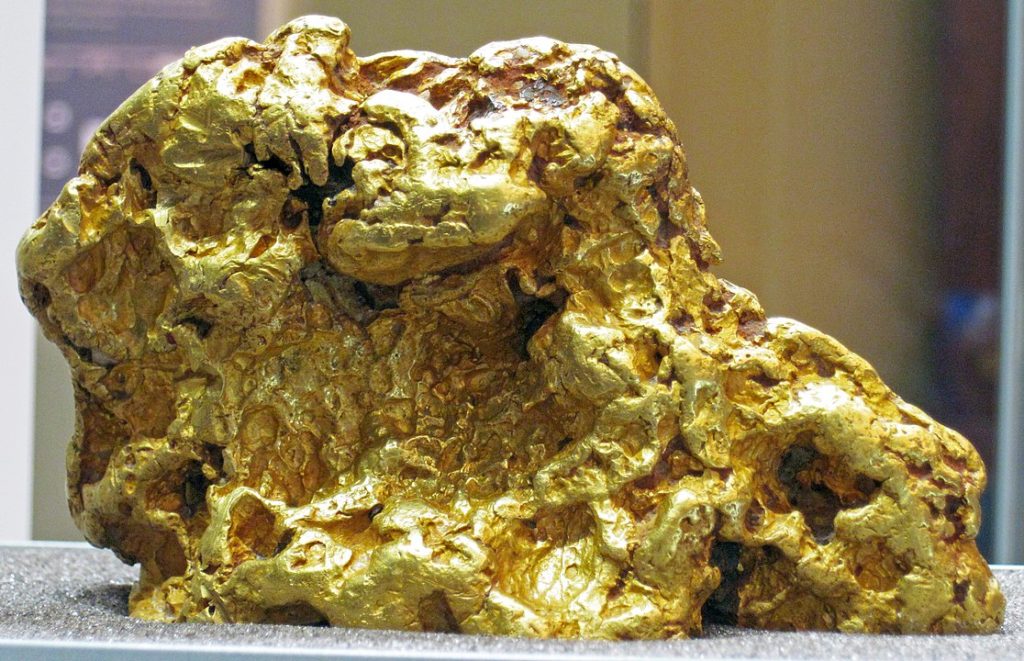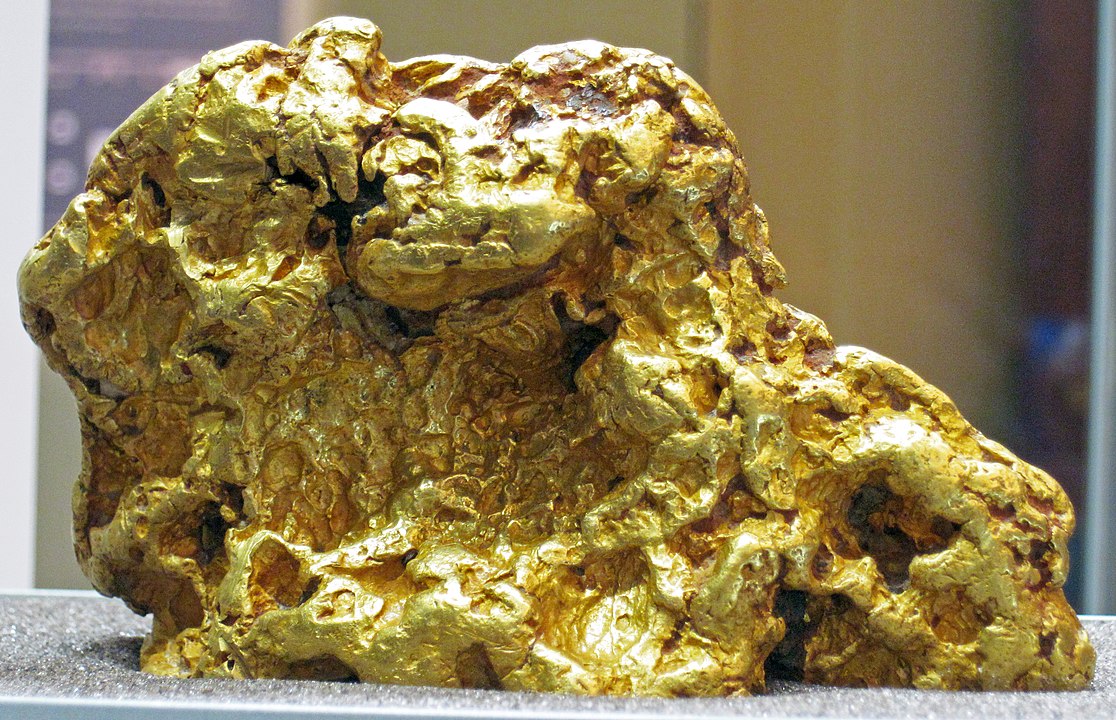
I learned this today. The California Gold Rush started when James Wilson Marshall found gold flakes in the American River at the base of the Sierra Nevada Mountains near Coloma in California on January 24th, 1848.
California was governed by Mexico after it gained independence from Spain in 1821. The area was remote and sparsely populated. Over the next few years, settlers and trappers from the United States of America started to arrive. There was a lot of dissatisfaction with the Mexican government and in 1846 the people living in California rebelled and declared California to be a Republic. William B. Ide has the honor of being the only ever president of California. In the same year, the Mexican-American war started and the US army overran California pretty quickly. When Mexico was defeated, the US took the area of California in the Treaty of Guadalupe Hidalgo. They divided it up into the states of California, Arizona, Nevada, Colorado, and Utah. One week before the area was officially annexed, gold was discovered.
James Wilson Marshall was a carpenter and sawmill operator. He was building a mill for Johann Sutter who was a Swiss immigrant. Sutter wanted to build a city on his land and needed a sawmill to prepare the wood for construction. He planned to build it with native American slave labor. He was renowned for his terrible mistreatment of his native American slaves. He appears to have been something of a monster.
On January 24th, James Marshall was working on the channel beneath the mill when he saw some shiny flecks on the bottom of the stream. He picked them up and realized that he might have found gold. He took it to Sutter, and they performed some tests to see if it really was gold. Apparently, they checked an encyclopedia entry, boiled it and rubbed it with lye soap, and hammered it. If you boil gold and then scrub it with lye soap, nothing should happen, but if it isn’t gold it will erode. Hammering it is a way to test its malleability. Gold is soft and malleable while other metals will fracture or be harder.
When they realized they had found gold, Sutter’s first concern was for his land and his sawmill. He worried that if word of the find got out, his land would be overrun, and he wouldn’t be able to finish the city he wanted to build. He let the rest of the workers search for gold in their free time, so long as they kept it a secret. However, word got out.
There are many ways that word could have got out but Charles Bennet, one of Sutter’s associates could have been responsible. He was sent to Monterey to meet with the chief US official in California to purchase the mineral rights for the land around the sawmill. He wasn’t able to get the rights, but he did tell people on three different occasions that gold had been found.
Another source might have been Samuel Brannan. He was a newspaper publisher and merchant. He realized that he could make money, not from finding gold, but from selling supplies to the potential miners. He bought up as many pans, shovels, and picks as he could find and sold them in his shop, which just happened to be the only store between San Francisco and the place where gold had been found. He then purchased enough gold flakes to fill a jar and ran up and down the streets of San Francisco yelling, “Gold! Gold! They found gold on the American River!!”
Whatever the source, it didn’t take long for word to spread and within a few months people were coming to the area from all over the world. The population of San Francisco was 200 people in 1846, 1000 people in 1848, and 25,000 people in 1850. It had reached 300,000 people by 1890. 90,000 people had come to California looking for gold in 1849 and 300,000 had arrived by 1855. The people came for the gold, but many of them had sold everything they had to hunt for gold and couldn’t afford to return to their hometowns.
There was definitely gold to be found and the first people who arrived found a lot. Some people got very rich. 370 tons of gold has been estimated to have been found in the first five years. However, most of the easy to find surface gold was gone soon after this and hardly any of the gold hunters that came in the later waves actually found any. After the surface gold was gone, the only way to reach the gold was through mining, typically hydraulic mining, which severely damaged the landscape of California.
Some miners got rich, many didn’t, but the greatest lasting effect is mostly the city and its infrastructure that grew up to support these miners.
So, gold was found by James Wilson Marshall and, despite his and the owner of the land’s attempt to keep it secret, word got out and the gold rush began. And this is what I learned today.
Photo By James St. John – https://www.flickr.com/photos/jsjgeology/16848647509/
Sources:
https://en.wikipedia.org/wiki/California_Gold_Rush
https://www.history.com/topics/westward-expansion/gold-rush-of-1849
https://en.wikipedia.org/wiki/San_Francisco
https://en.wikipedia.org/wiki/California
https://en.wikipedia.org/wiki/James_W._Marshall
https://en.wikipedia.org/wiki/John_Sutter
https://www.pbs.org/wgbh/americanexperience/features/goldrush-california/
https://en.wikipedia.org/wiki/Samuel_Brannan
http://goldrush5421.weebly.com/the-mining-process.html

